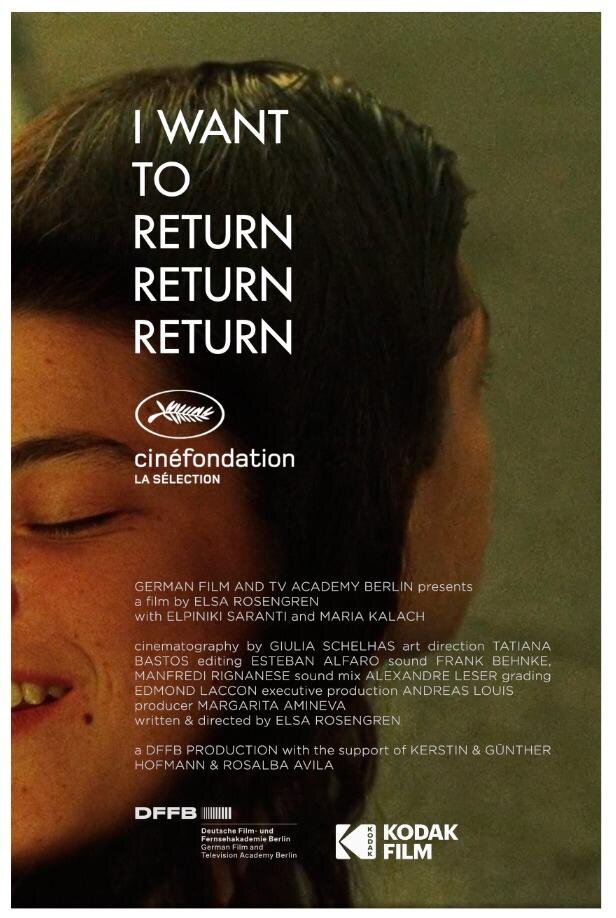The blazing summer sun as a companion to the camera – illuminating these wayward souls among the social sanctuaries of the parks and streets or the cool gloom of bars, where they absorb themselves in justifying their past life decisions, sharing conclusions – exchanging morsels of self-validation.
Despite the radiant surface beauty, it should be a world that hints at feelings of melancholy, nostalgia and biting alienation. An expression at odds with its idealised appearance.
After the onset of dusk signals a horrifying return to isolation and loneliness – nightfall should bring everyone an opportunity to escape time and themselves. Then at dawn the cycle can begin again.
